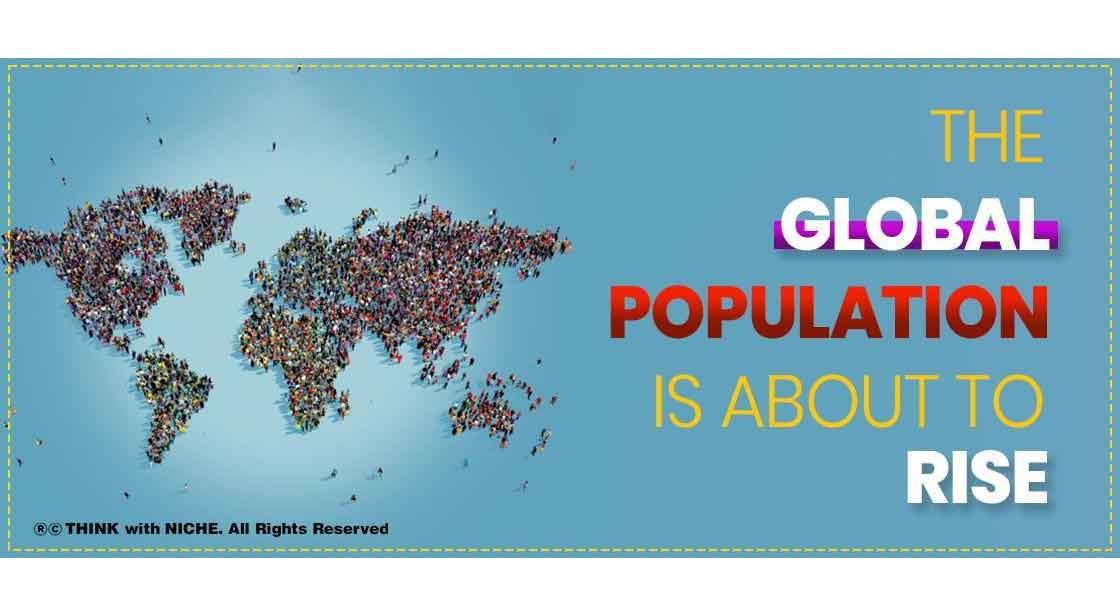The Global Population is about to Rise

Blog Post
All population estimates begin with the same premise: how many individuals are now alive? There have been investigations into this topic since the Babylonians performed a census around 4000 BC #ThinkWithNiche
In Singapore, prospective parents faced several challenges throughout the 1980s. When it came to having more than two children. The government encouraged couples to "Stop-at-Two" and implemented a variety of policies to discourage it. It raised third-baby hospital expenses and eliminated maternity leave benefits.
Officials made a demographic U-turn in March of 1987. The scales suddenly tilted in favor of individuals with bigger families, who were now given preference for schools and homes under the uncomfortable motto "Have Three or More (if you can afford it)".
When it comes to population growth, Singapore is an outlier, but it is far from alone. Governments all across the world strive for a Goldilocks population balance: just the right number of people, but not too many. Many of these techniques are based on computer simulations of population growth and decrease in the future.
For decades, a small group of United Nations population modelers has been making the most essential forecasts. Rival groups, on the other hand, have developed and published their own methodology and findings in recent years, resulting in significant differences and heated arguments in the field.
It's estimated that by the end of the century, the world's population would reach 10.9 billion. Other studies predict a peak population of 9.7 billion people in 2070, followed by a decline. This discrepancy creates a problem for governments, businesses, and others seeking to plan for anything from infrastructure investment and future tax revenue to international development objectives and greenhouse gas reductions.
No matter whether the model is employed, the most essential statistics are the exact numbers of people who reside in each nation now — and academics are working to improve these tally. While this is important for future planning, it also helps inform current policy, such as allocating funds for COVID vaccines and making sure that children have enough spaces to attend school. It has also complicated matters by postponing some counts and perhaps altering estimates of life expectancy and fertility rates in the near future.
All population estimates begin with the same premise: how many individuals are now alive? There have been investigations into this topic since the Babylonians performed a census around 4000 BC to determine how much food was needed to feed their population. There were regular counts in ancient Egyptian, Roman, and Chinese cultures, all of which are still in existence. Earlier this year, census data from 2020 were released by China and the United States, respectively. The ongoing COVID-19 epidemic has forced the postponement of findings from many more nations than originally planned for this year.
One method is to monitor mobile phone traffic. By looking at the call density nearby phone towers and following calls to such towers, researchers may estimate the population of the area. Researchers from Sweden and South Korea utilised this method to track individual evictions following a devastating earthquake in Haiti in 2010. According to the data, Port-au-population Prince's shrank by nearly a fifth within three weeks of the earthquake.
You May Like
EDITOR’S CHOICE












